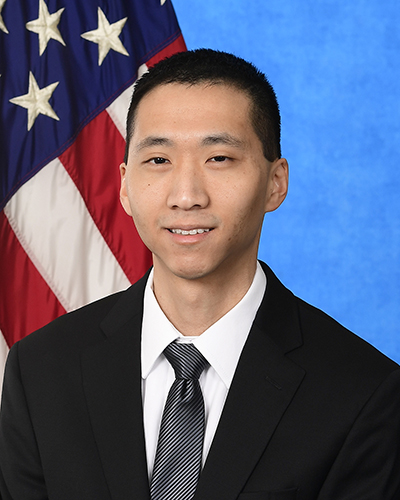Ümit V. Çatalyürek holds concurrent appointments as an Amazon Scholar and as a Professor of the Computational Science and Engineering at the Georgia Institute of Technology. This talk describes work performed at Georgia Tech and is not associated with Amazon. Dr. Çatalyürek received his Ph.D., M.S. and B.S. in Computer Engineering and Information Science from Bilkent University, Turkey, in 2000, 1994 and 1992, respectively. He is a Fellow of IEEE and SIAM. He was the elected Chair for IEEE TCPP for 2016-2019, as Vice-Chair for ACM SIGBio for 2015-2021 terms. He also serves as the member of Board of Trustees of Bilkent University. Dr. Çatalyürek currently serves as the Editor-in-Chief for Parallel Computing. In the past, he served on the editorial boards of the IEEE Transactions on Parallel and Distributed Computing, the SIAM Journal of Scientific Computing, Journal of Parallel and Distributed Computing, and Network Modeling and Analysis in Health Informatics and Bioinformatics. Dr. Çatalyürek serves on the program committees and organizing committees of numerous international conferences. Dr. Çatalyürek is a recipient of an NSF CAREER award and is the primary investigator of several awards from the Department of Energy, the National Institute of Health, and the National Science Foundation. He has co-authored more than 200 peer-reviewed articles, invited book chapters and papers. His main research areas are in parallel computing, combinatorial scientific computing and biomedical informatics. More information about Dr. Çatalyürek and his research group can be found at http://cc.gatech.edu/~umit and http://tda.gatech.edu.

